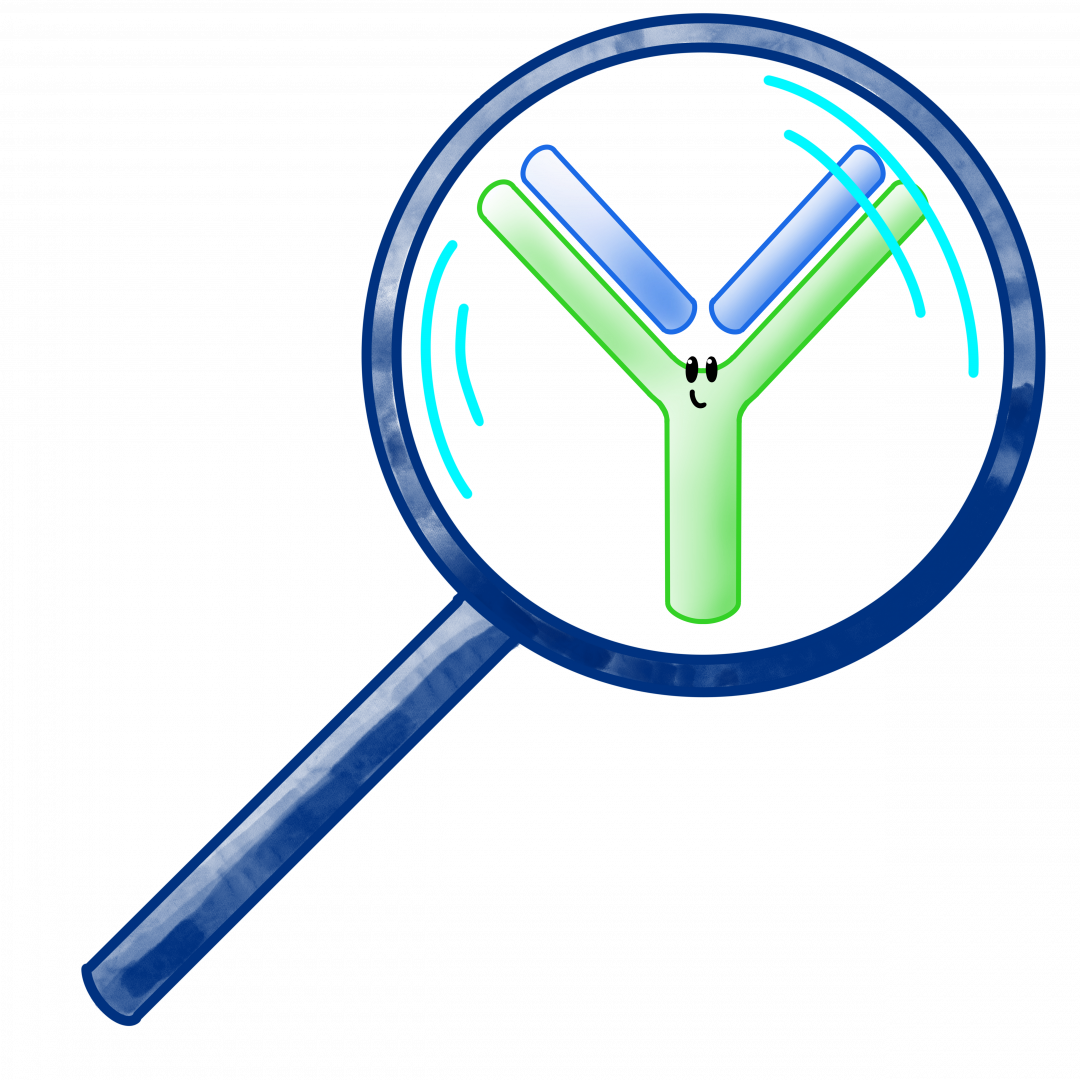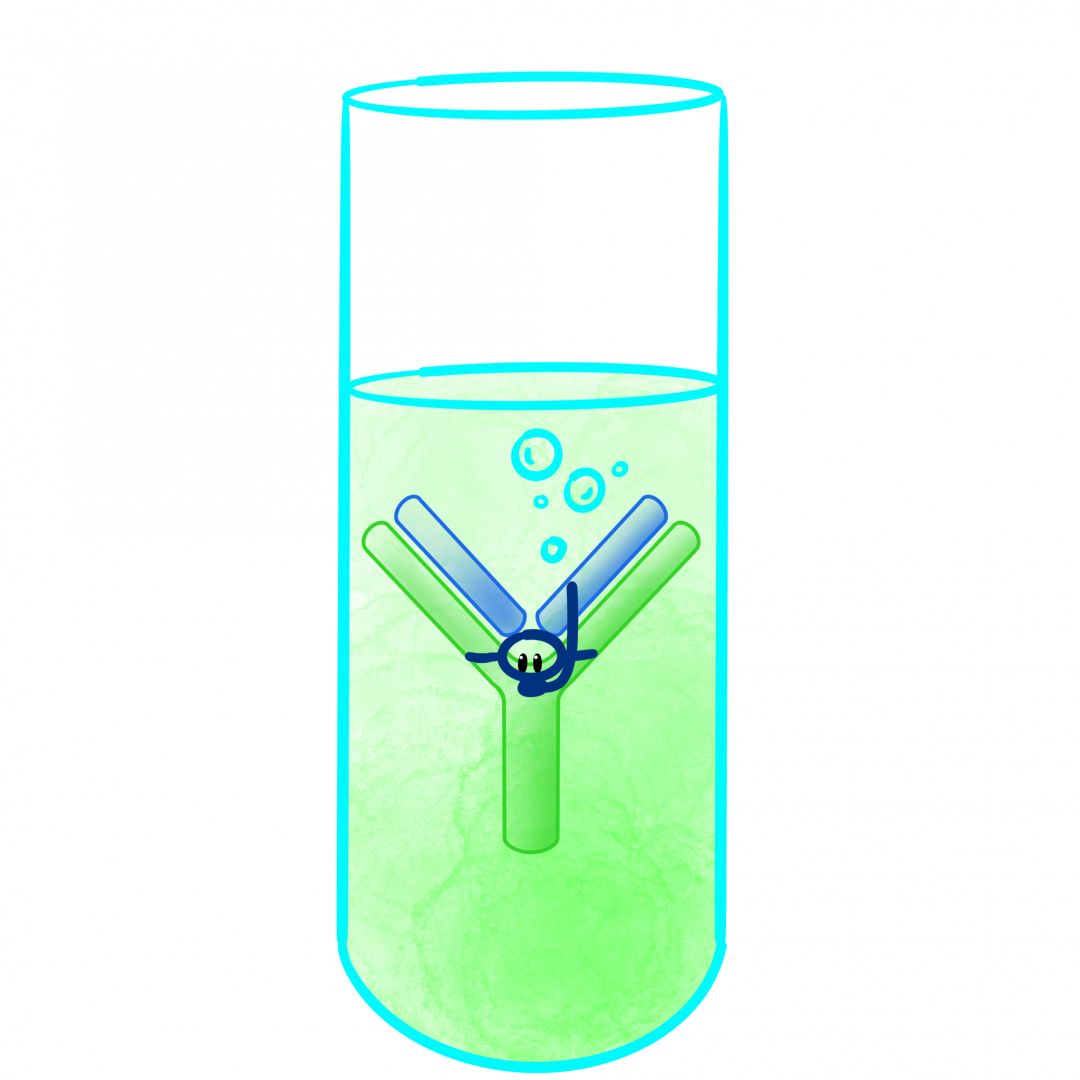
Development of a vaccine is analogous to development of a new drug or medicine.Vaccines must undergo rigorous research, testing, and monitoring in order to be used in the U.S.
Failure to meet these strict guidelines could incur massive losses, financial and otherwise to sponsors, researchers, and recipients involved in the development.
As a result, researchers, public and private, hold tremendous liability and responsibility when developing a vaccine.
Below is a general summary vaccine development:
Exploratory Phase

During this phase, public researchers seek out possible targets, namely antigens, to be used to prevent or treat disease. This is normally done at large research institutions, in vitro, or outside of a living organism (such as in a test tube or culture dish) and typically takes 2 to 4 years.
Pre-Clinical Phase

This phase is designed to assess the safety and toxicity of a vaccine, as well as its ability to elicit an immune response. Vaccines at this stage may be tested on animals at this stage as well.
IND Application

A very tiny amount of vaccines reach this phase. If a vaccine is to be studied in humans in clinical trials, a sponsor will file an IND (Notice of Claimed Investigational Exemption for a New Drug) with the FDA. In addition to approval from the FDA, the study must also be approved by an Institutional review board (IRB). Once approval is attained, clinical trials may proceed in humans.
Phase 1 Clinical Trials

A small number of volunteers are recruited (20-100) with the primary focus being safety and immune response (immunogenicity).
Phase 2 Clinical Trials

More volunteers (100-200) are given the tested vaccine for immunogenicity and safety.
Phase 3 Clinical Trials

A much larger number of volunteers are recruited (thousands) to ensure safety and immunogenicity. Vaccine efficacy and rare outcomes are assessed for and monitored.
BLA Application

If Phase 3 is successful, the developer will submit an application to market the new vaccine, called a Biological License Application. The FDA may require further testing, meaning the time between notice and approval may take months to years.
Post-marketing Surveillance
If the BLA is approved by the FDA, vaccine developers are given the go-ahead to begin marketing their vaccine. However, vaccines are still surveilled in other ways:
Phase 4 Clinical Trials

Once a vaccine has been approved for marketing, many vaccines will undergo additional testing in the form of optional, Phase 4 studies. These are designed to test the vaccine in larger “real life” settings to further assess safety and efficacy.
VAERS
The Vaccine Adverse Events Reporting System is a surveillance system designed to track adverse events. Individuals who suspect themselves or others of having an adverse event due to a vaccination are highly encouraged to contact these resources to report an adverse event.
The Bottom Line
Vaccines must undergo extremely rigorous testing and oversight to be brought to market. Developers, researchers, and organizing bodies have a huge stake and incentive to create effective, safe vaccines. Even after vaccines are approved and brought to market, surveillance and research is further conducted to ensure vaccine safety.
Sources
1. Vaccine Testing and the Approval Process. Centers for Disease Control and Prevention.
2. The College of Physicians of Philadelphia. Vaccine Development, Testing, and Regulation. The History of Vaccines. https://www.historyofvaccines.org/content/articles/vaccine-development-…. Published 2018. Accessed May 11, 2020.
